OBJETIVOS:
• Repasar las pruebas diagnósticas Inmunológicas para el Diagnóstico y Seguimiento de Inmunodeficiencias Primarias (Combinadas y de Anticuerpos).
• Conocer las presentaciones clínicas de las patologías de IDPs más frecuentes.
• Entender la correlación de las manifestaciones clínicas con las pruebas analíticas en IDPs.
• Ser capaces de emitir un informe diagnóstico de calidad, preciso y entendible para los clínicos.
• Ser capaces de proponer el abordaje terapéutico de las patologías diagnosticadas.
Research and publish the best content.
Get Started for FREE
Sign up with Facebook Sign up with X
I don't have a Facebook or a X account
Already have an account: Login
Latest advances in immunopathology diagnosis and treatment
Curated by
Alfredo Corell
 Your new post is loading... Your new post is loading...
 Your new post is loading... Your new post is loading...
|
|




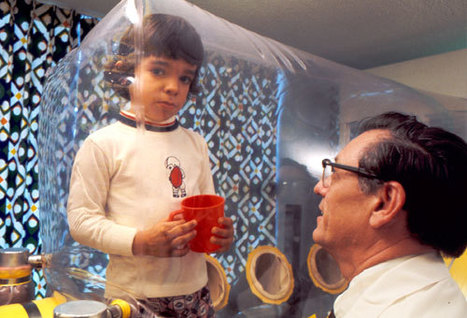




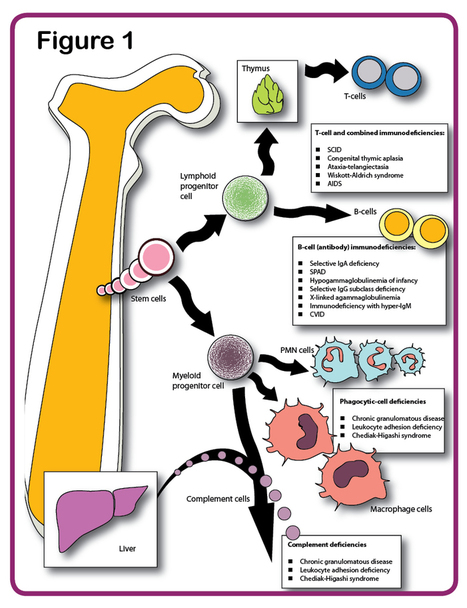

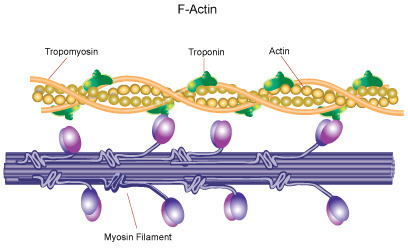

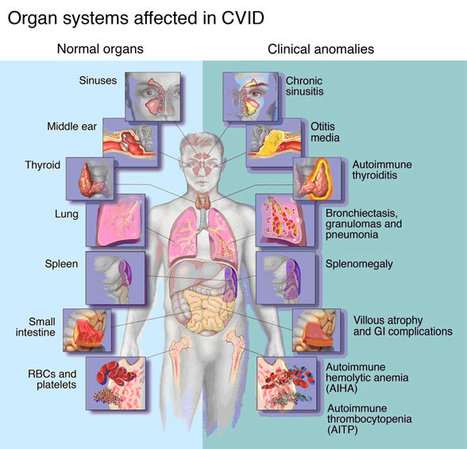
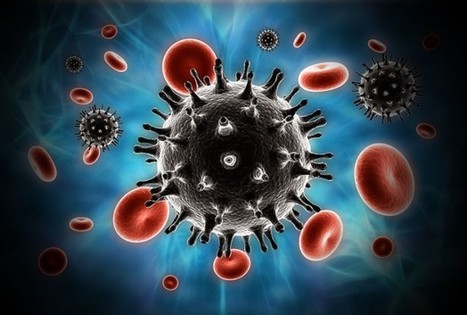



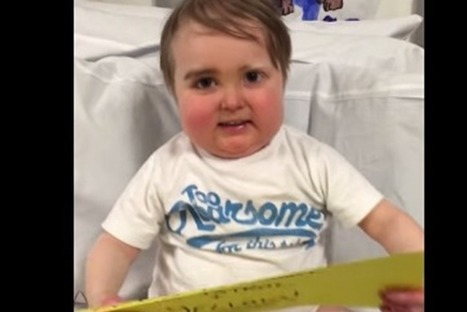


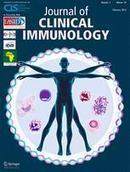

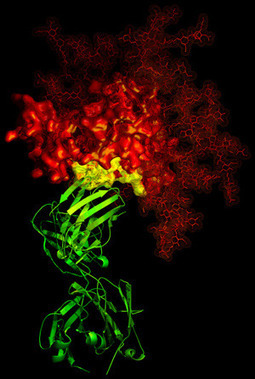


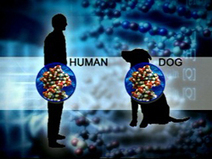

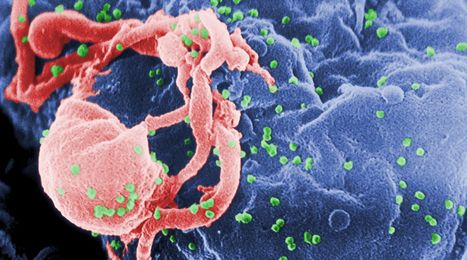





Comienzo inminente de la 5ª edición de este prestigioso curso.
Descripción general
El objetivo de este curso es el reciclaje y actualización de profesionales de la inmunología clínica en el campo de las Inmunodeficiencias.
PROFESORADO:
• Alfredo Corell Almuzara (Inmunólogo, Profesor Titular de Inmunología Univ. Valladolid).
• Ignacio González (Pediatra, Hospital 12 de Octubre).
REQUISITOS DE LOS PARTICIPANTES:
Disponer de conexión diaria a internet (y dirección de correo electrónico) para acceder al Campus Virtual de GECLID-SEI, donde se realizará el curso (www.geclid.es).